Courses
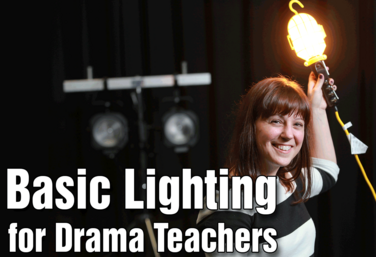
Basic Lighting for Drama Teachers
by Claire Broome
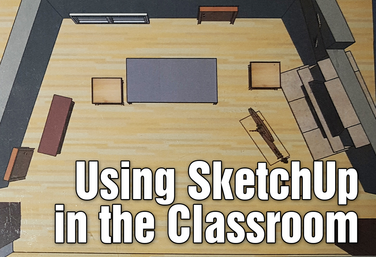
Using SketchUp in the Classroom
by Ray Palasz
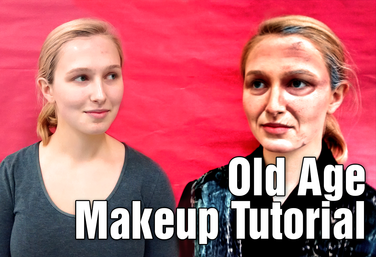
Old Age Makeup Tutorial
by Matt Webster
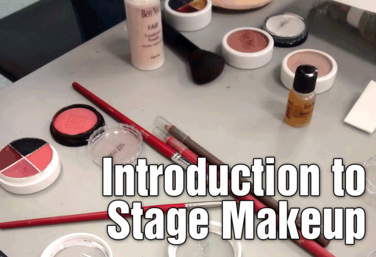
Introduction to Stage Makeup
by Matt Webster
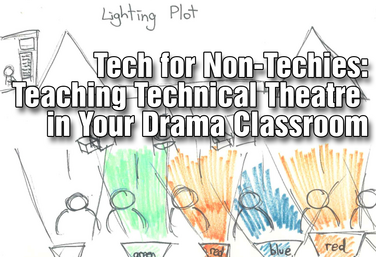
Tech for Non-Techies: Teaching Technical Theatre in Your Drama Classroom
by Josh Hatt
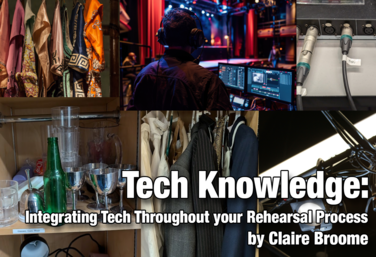
Tech Knowledge: Integrating Tech Throughout Your Rehearsal Process
by Claire Broome
Units
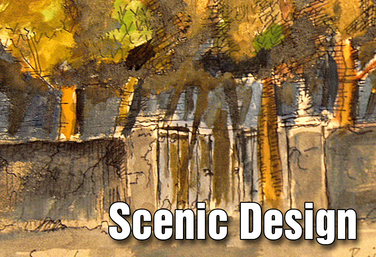
Scenic Design
by Karen Loftus
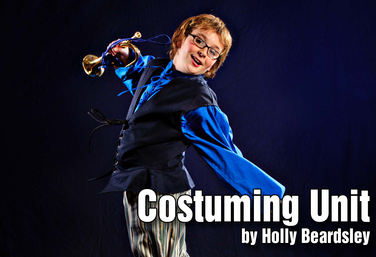
Costuming
by Holly Beardsley
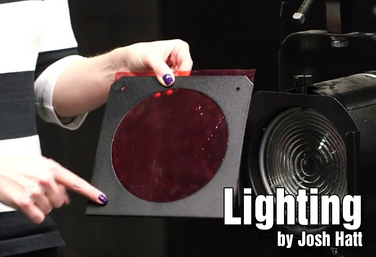
Lighting
by Josh Hatt
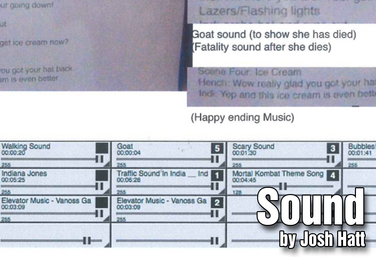
Sound
by Josh Hatt
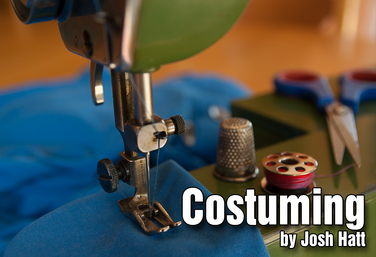
Costuming
by Josh Hatt
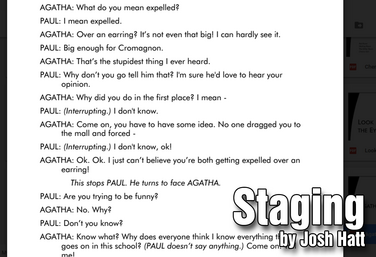
Staging
by Josh Hatt
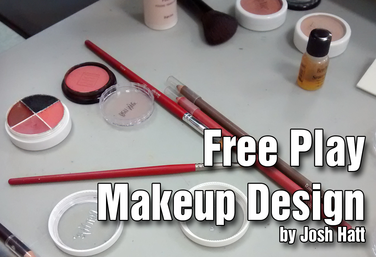
Free Play Makeup
by Josh Hatt
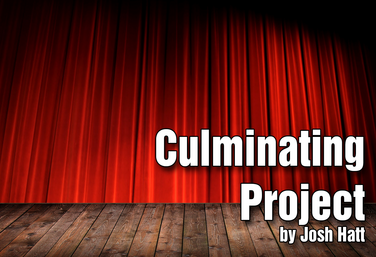
Culminating Project
by Josh Hatt
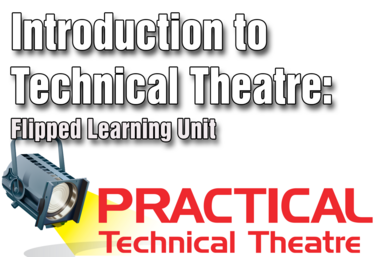
Introduction to Technical Theatre: Flipped Learning
by Lindsay Price
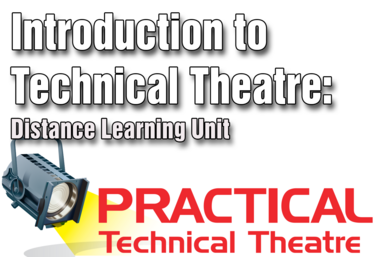
Introduction to Technical Theatre: Distance Learning
by Lindsay Price
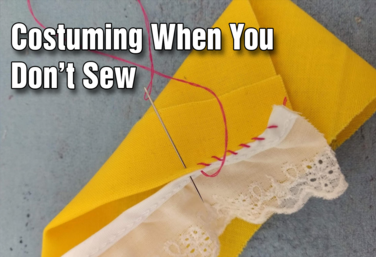
Tech Theatre Unit: Costuming When You Don't Sew
by Drama Teacher Academy
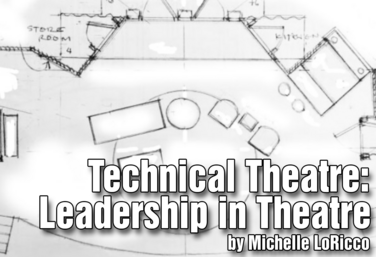
Technical Theatre: Leadership in Theatre
by Michelle LoRicco
Lesson Plans
Stage Management: Know the Details
by Anna Porter
Stage Managers in Rehearsal
by Karen Loftus
Building Stage Flats
by Karen Loftus
Properties & Prop Design
by Karen Loftus
Creating Ambiance
by Holly Beardsley
Stage Management Calls Game
by Karen Loftus
Technical Theatre Performance Challenge
by Kerry Hishon
Emergency Lesson Plan: Solving Tech Problems
by Lindsay Price
Resources
Poster: Scene Shop Safety
Lighting Exercise
Activity: Sort the Props
Stage Management Staff Breakdown
Tech Hacks and Exercises

Keith Rollins: Experience at FX University
Practical Technical Theatre: Digital Programs
Tech Knowledge: Integrating Tech Throughout Your Rehearsal Process
Student Tech Teams: Worksheets
PLCs

Technical Theatre
Hosted by Matt Webster and Karen Loftus

Tech Hacks: Tips and tricks to make your production a technical success!
Hosted by Matt Webster and Holly Beardsley